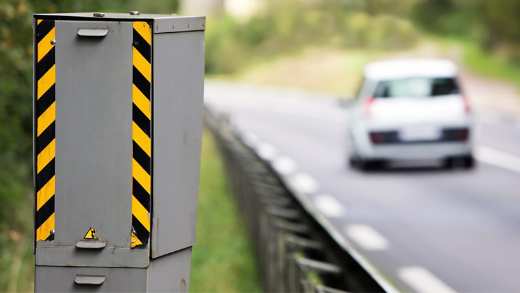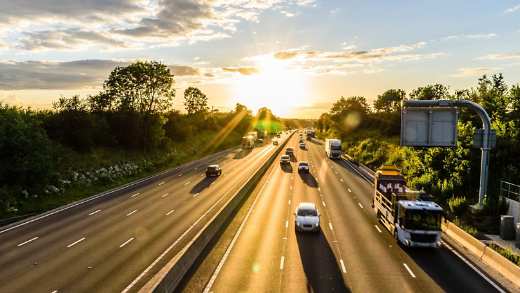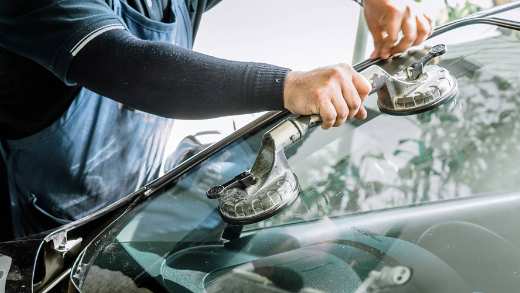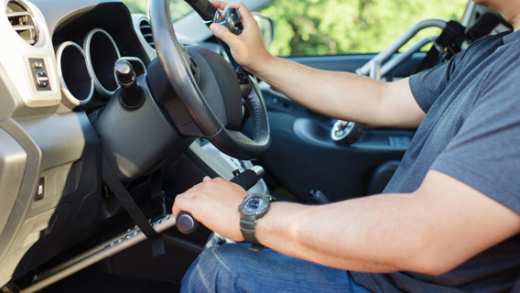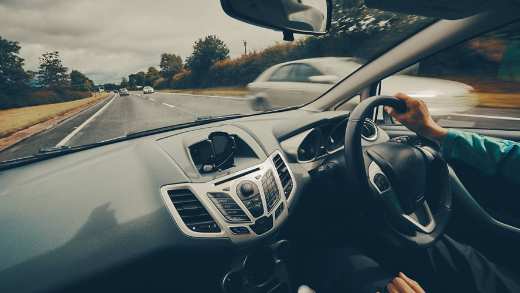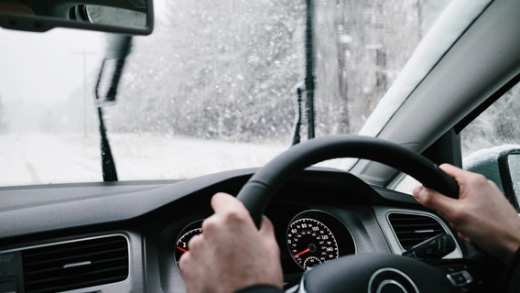If you’ve been in a major incident and your vehicle is heavily damaged, your car may be written off. That doesn’t necessarily mean it’ll be sent to the scrapyard as it all depends on how extensive the damage is.
By Joy Persaud
What is an insurance write-off?
Martin Smith, claims manager, technical claims, Aviva Insurance, explains: “Write-off or ‘total loss’ are entirely interchangeable – in the world of motor insurance, it’s a term used to describe a vehicle when a motor insurer has decided not to fund repair works, as it is not economic or viable to do so. They will instead make a cash settlement, which reflects the market value at the time the loss happened.
“Once the claim is settled, the vehicle should either remain with the owner to dispose of, or more likely the motor insurer will take control and ownership as part of the claim settlement,” says Martin.
If the insurer takes control of the vehicle, they’ll arrange to dispose of it in line with industry-approved guidelines and will tell the DVLA and commercial companies such as HPI [Hire Purchase Information] about the category of the write-off.
This is so a prospective buyer knows a vehicle was previously written off when conducting vehicle history checks. These checks also cover whether the vehicle is stolen or has outstanding finance, too.
Why do cars get written off? Write-off categories explained
So, what do the categories mean? There are currently four write-off categories: A, B, S and N. The old system included categories C and D, which were based on the cost of repair – but these haven’t been used since October 2017.
Any repairs should be undertaken by garages that follow the manufacturers or Thatcham Research's published approved repair methods.
Salvage categories A and B (see table below) are allocated to vehicles that have suffered extensive damage and are beyond viable repair.
“These vehicles have reached the end of their days and must never return to use on the public roads,” says Martin. “The DVLA will not issue V5 registration documents for those vehicles on the database shown as category A or B write-offs.”
Category S and N vehicles can be repaired, although they will carry their salvage category for life. Any repairs should be undertaken by garages that follow the manufacturers or Thatcham Research's published approved repair methods. This organisation, funded by UK motor insurers, specialises in vehicle safely, detailed repair methods and vehicle testing.
“It should be stressed that many other garages not part of an insurer-approved network will be quite capable of undertaking repairs,” says Martin. “The important thing is wherever work is carried out it is done according to the [Thatcham Research] methods.”
The Association of British Insurers (ABI) Code of Practice for Categorisation of Motor Salvage requires all motor vehicle salvage to be categorised as one of the following, depending on the damage caused and the value of the car:
Category A: scrap
These vehicles tend to have been destroyed and are often burnt out.
Category B: break
This category is for vehicles that may have useable parts that can be salvaged for future use, but the structure – the body shell – must be crushed after parts recovery.
Category S: repairable structural
Such vehicles have suffered damage to their structure. The ABI defines ‘damage’ as any structural part requiring realignment to the vehicle’s original dimensions or needing replacement.
Structure includes various parts including the front and rear inner wings, sills, front bulkhead, A-post and B-post. Major components including the steering and suspension are not classified as structural.
Category N: repairable non-structural
Category N vehicles have not suffered structural damage but repairs to safety-critical elements may still be required.
Should you buy a Cat S or N vehicle?
Martin says category S and N vehicles are not necessarily beyond repair and using second-hand parts can help to make the work cost-effective so a vehicle can be returned to the road.
“When consumers are purchasing a second-hand vehicle it is always advisable to have a vehicle history check carried out which will show if the vehicle has previously been declared a write-off,” he says. “If the vehicle has a history then the purchaser should exercise due diligence in checks to ensure they are satisfied it has been correctly repaired before proceeding.”
Beware that repair work is not independently inspected and there is no guarantee that a category S car will be safe. Paying for an independent mechanic’s inspection so you have a full vehicle report is wise.
“If you are unsure, or if it’s a category A or B being offered for sale, best advice – walk away,” warns Martin.
What happens to my car if it’s written off?
If your vehicle is a category S write-off, you’ll need to send the logbook to the insurer and apply for a new one from the DVLA, at no cost.
Your insurer will assess the market value of your car and tell you how much it’s worth. They’ll look at a number of factors, including its age, mileage and condition. If you bought your car on finance, your insurer will need to get in touch with your finance provider too.
While category S and N write-offs can be repaired to a roadworthy standard, some insurers will ask specific questions that could result in them declining to insure the vehicle.
“Vehicles with a previous total loss history are generally worth less than those without, both at time of purchase and again in the event of an insurance claim,” says Martin. “In the event of a further claim, those vehicles with a salvage marker will be worth less. This may make it more likely the insurer will decide not to repair – and if declared a total loss for a second time, the reduced value will be reflected in any claim settlement offered.”
If my car is written off can I keep it?
If you wish to keep your category S or N write-off, you should negotiate with your insurer so they sell the vehicle back to you for a mutually agreeable sum. If your vehicle is a category S write-off, you’ll need to send the logbook to the insurer and apply for a new one from the DVLA, at no cost. You won’t need to do this for a category N write-off.
Also, remember that it’s up to you to tell the DVLA that your car has been written off or scrapped – if you don’t, you could be fined £1,000. You also need to apply to keep a personalised number plate if you wish to retain it, or it will be cancelled.


